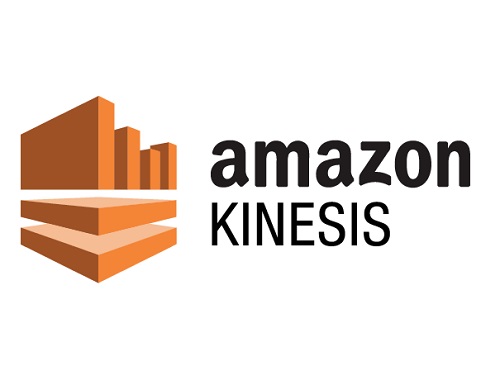What is Amazon Kinesis, How Does it Work, Key Features and Benefits
A Comprehensive Guide to Amazon Kinesis
Amazon Kinesis is a family of services provided by Amazon Web Services for processing and analyzing real-time streaming data at a large scale. Launched in November 2013, it offers developers the ability to build applications that can consume and process data from multiple sources simultaneously.
In today’s data-driven world, organizations are constantly looking for innovative ways to harness the power of real-time data streaming and analysis. One such solution that has gained significant attention is Amazon Kinesis. But what exactly is Kinesis, and how does it work? In this comprehensive guide, we will dive deep into the world of Kinesis, exploring its core concepts, features, and functionality.
Acquiring Knowledge of Amazon Kinesis Data Streams
Amazon Web Services (AWS) offers Kinesis, a fully managed solution that enables companies to process and analyze real-time streaming data at a never-before-seen scale. You may consume, store, process, and analyze data from a variety of sources, such as websites, mobile applications, Internet of Things (IoT) devices, and more.
How Does Amazon Kinesis Work?
The concepts of data streams, shards, and consumers underlie how Kinesis functions. Let’s examine each element in detail:
1. Data Streams: The idea of data streams sits at the core of Kinesis. Data records that are continuously produced and kept in chronological order are referred to as data streams. These records might range in size from 1KB to 1MB. You can set up various data streams using Kinesis to handle various data kinds.
2. Shards: Kinesis separates a data stream into smaller parts known as shards to share the workload and achieve scalability. There can be parallel processing of data since each shard represents a set of data records and has a set capacity limit. Your data stream’s maximum capacity is based on the number of shards.
3. Producers and Consumers: Data records must be generated and sent to Kinesis data streams by producers. They can be systems, tools, or applications that generate and transmit data in real-time. Consumers, on the other hand, take the data from the streams and process it. Applications or services that carry out different tasks, such as real-time analytics, aggregation, or storage, might be considered consumers.
Key characteristics and Advantages of Kinesis
Real-time data processing include the ability to process and analyze streaming data in real-time, allowing for quick decisions and actions based on the most recent data.
Kinesis works smoothly with the rest of the AWS ecosystem, including Lambda, Redshift, S3, and Elasticsearch. By doing so, you may fully utilize AWS services and create elaborate data processing pipelines.
Scalability & Elasticity: Depending on the demand, you can add or remove shards in Kinesis to smoothly scale your data streams. This makes sure that the performance of your system is unaffected by any data influx.
High durability and availability are provided by Kinesis, which duplicates your data across different Availability Zones located within a region. This makes sure that your data is accessible when needed and safeguarded against errors.
Conclusion
Finally, enterprises can easily process and analyze real-time streaming data thanks to Amazon Kinesis, a strong and scalable solution. Kinesis provides a solid foundation for managing massive data streams by utilizing the ideas of data streams, shards, producers, and consumers.
Kinesis gives companies the capacity to gain insightful conclusions from their streaming data thanks to its real-time processing capabilities, scalability, and interaction with the AWS ecosystem. Therefore, Kinesis may be the ideal tool for your company if you want to use the potential of real-time data analytics.
